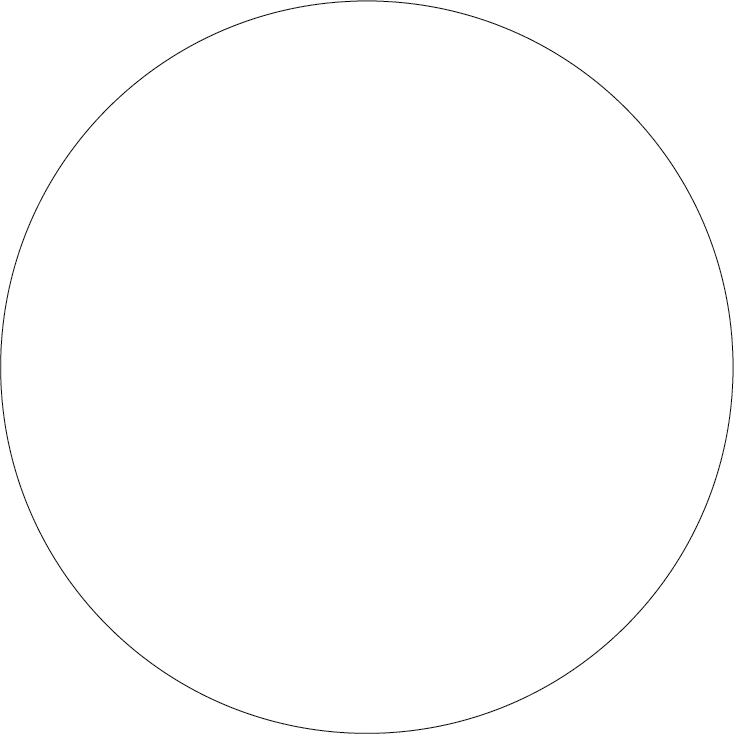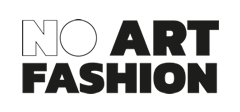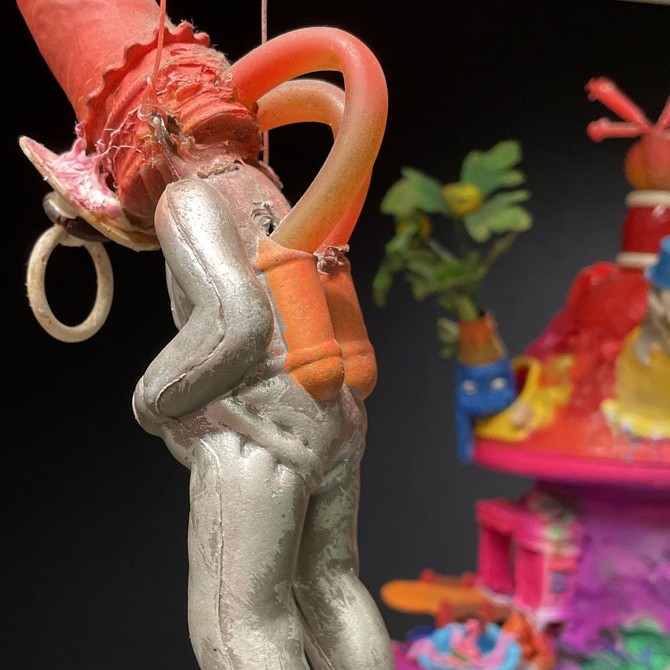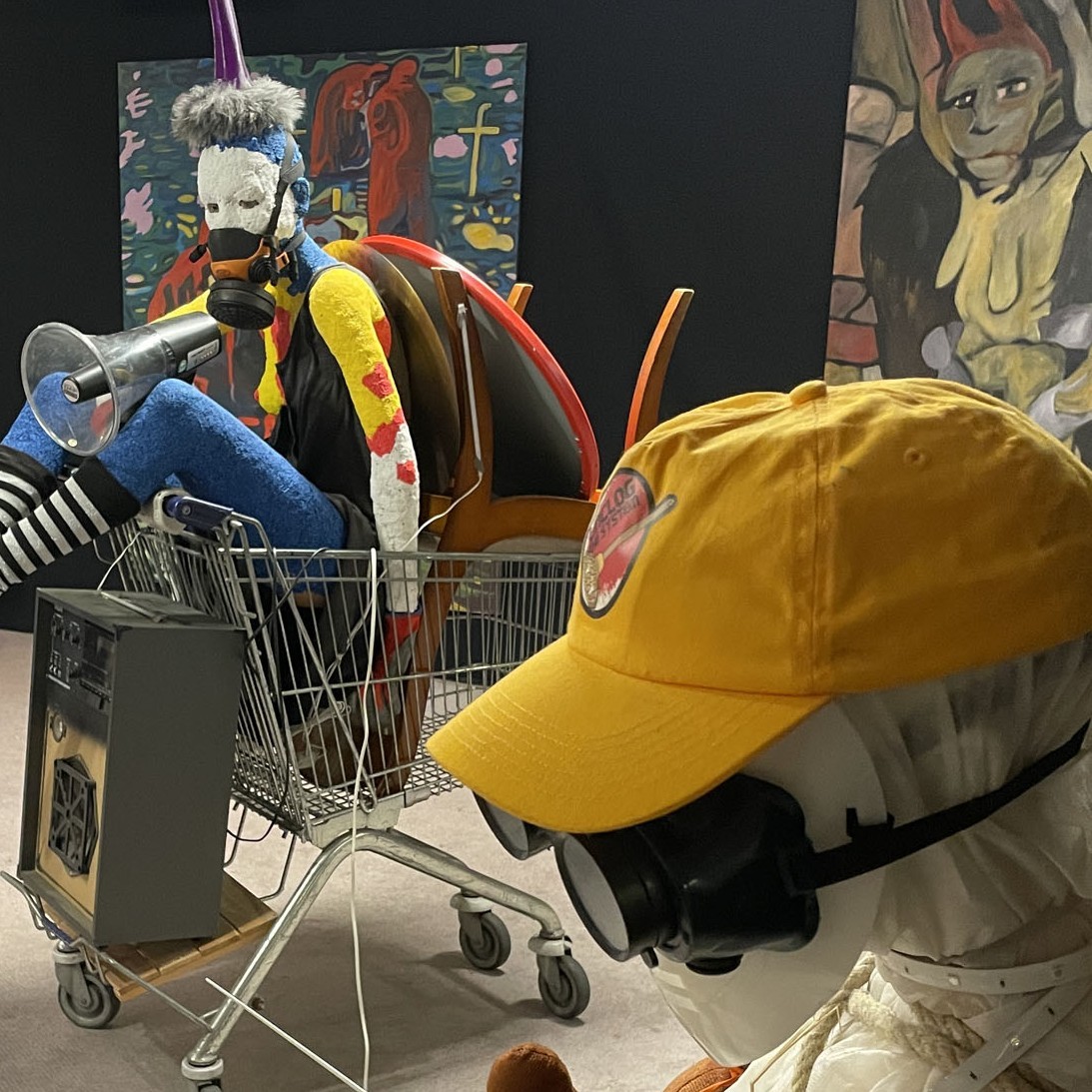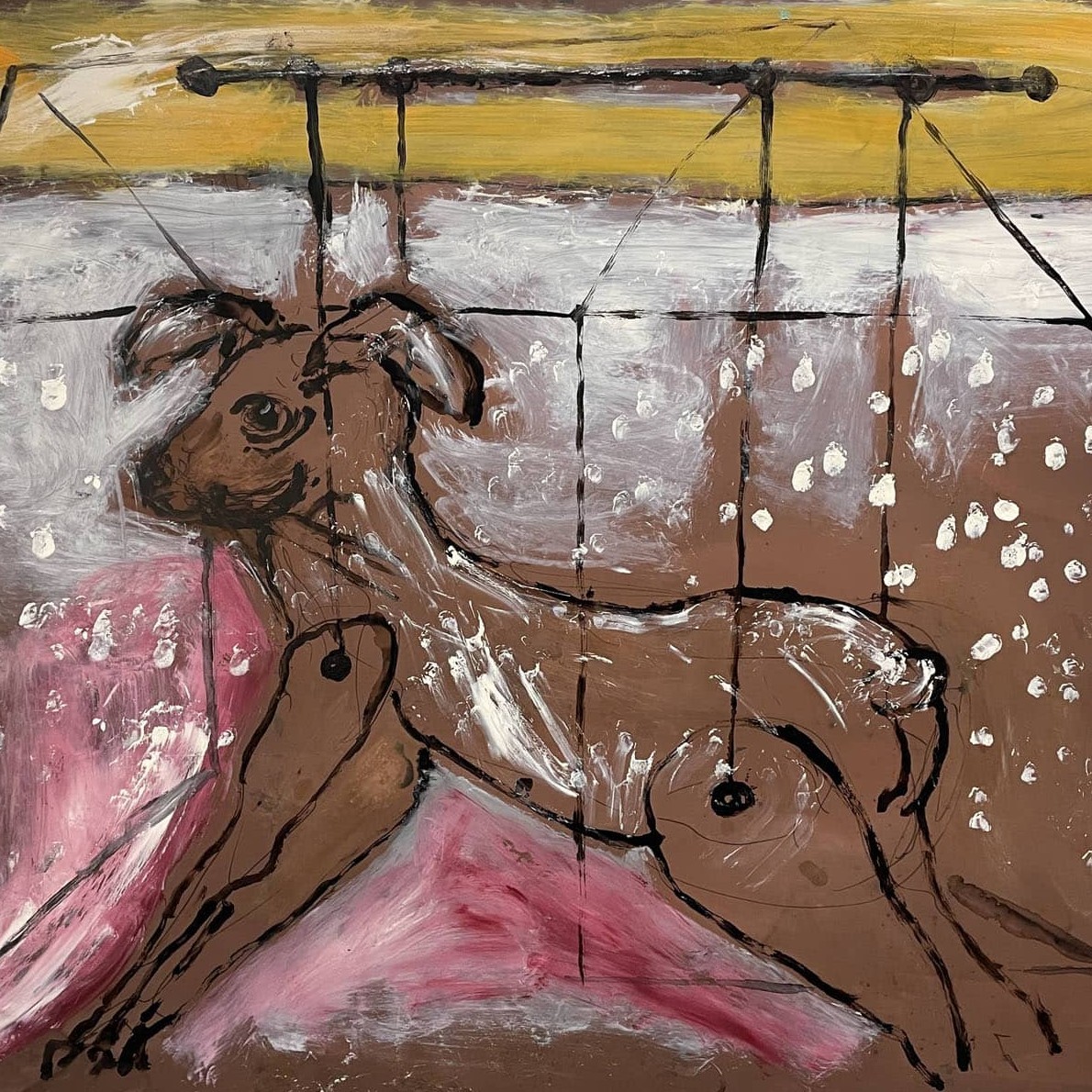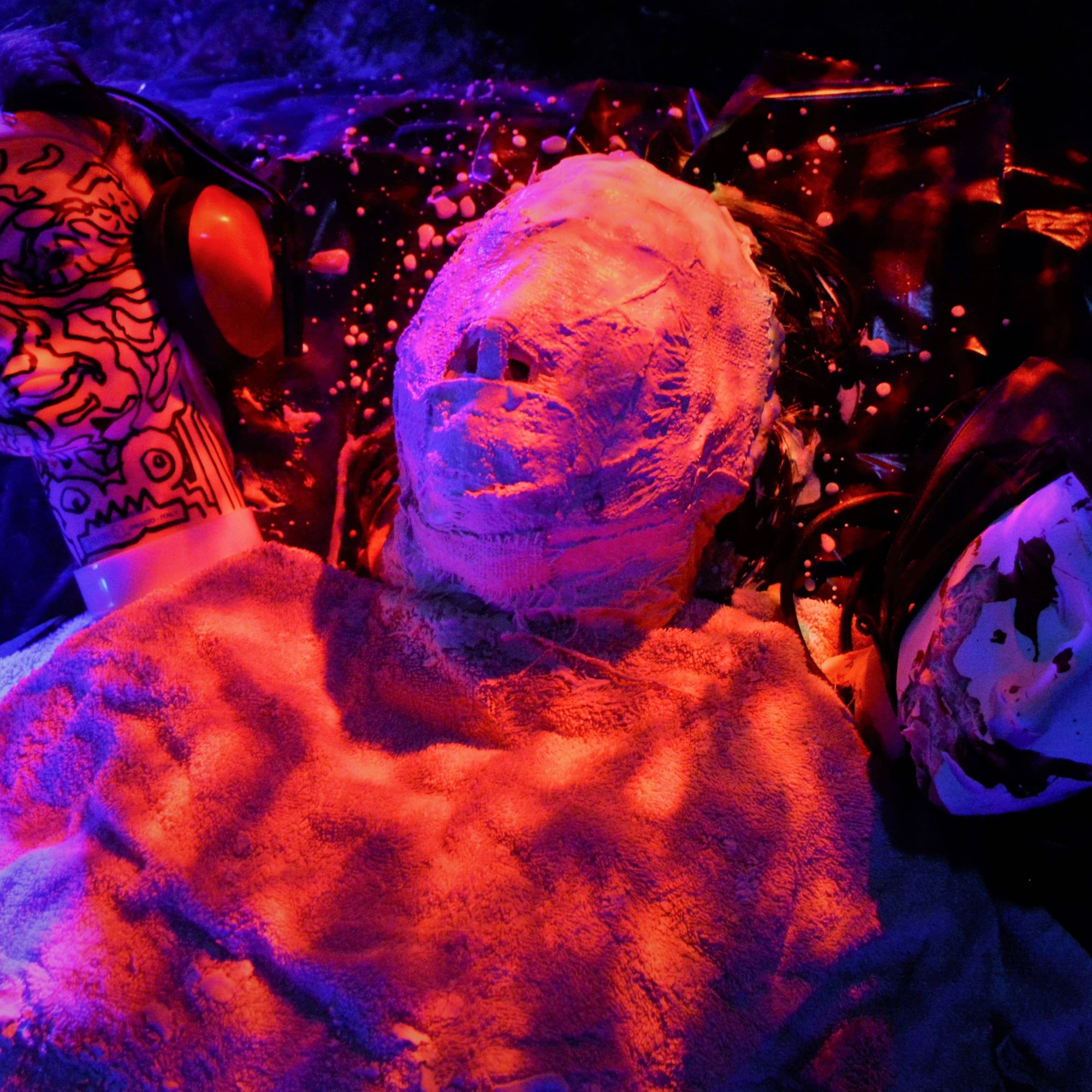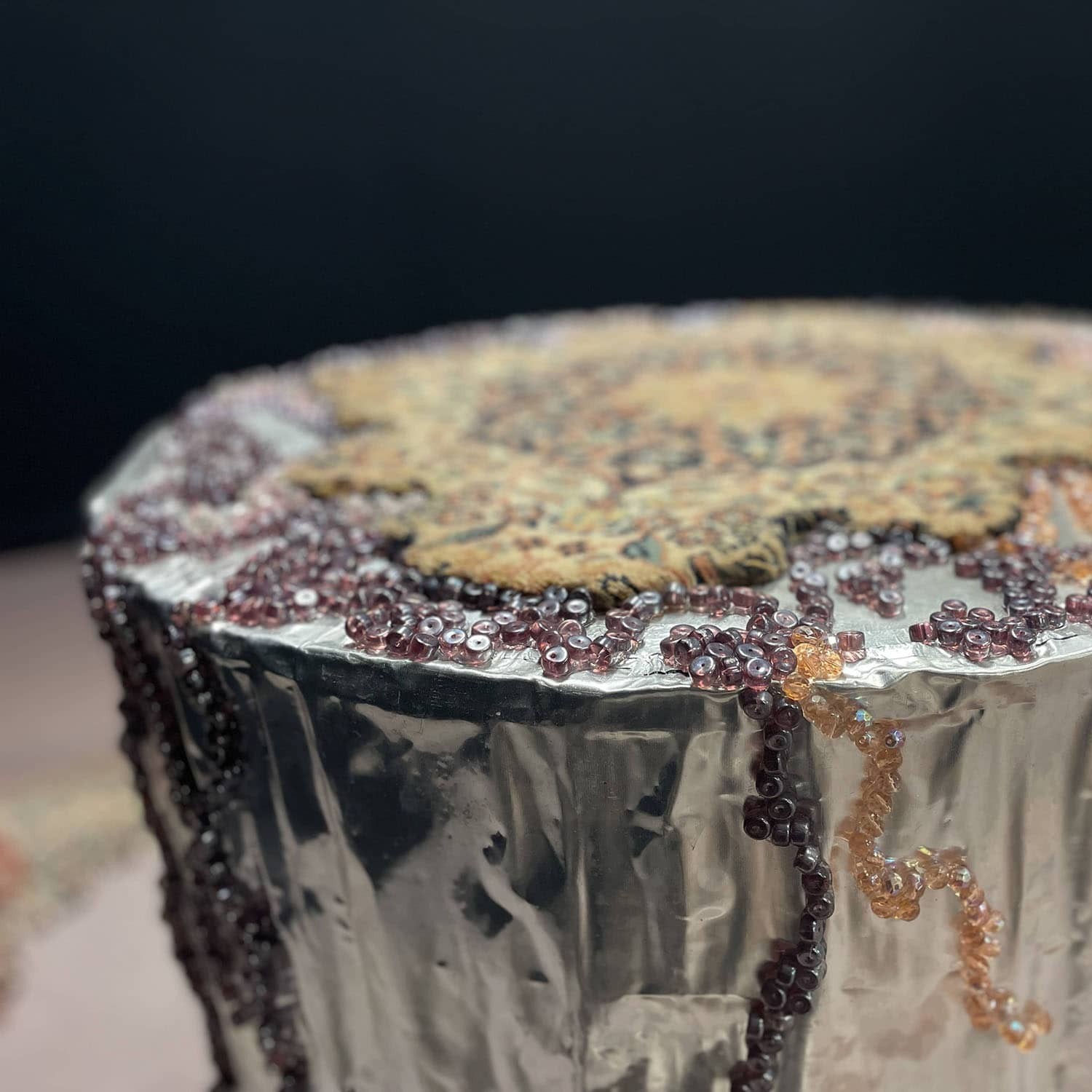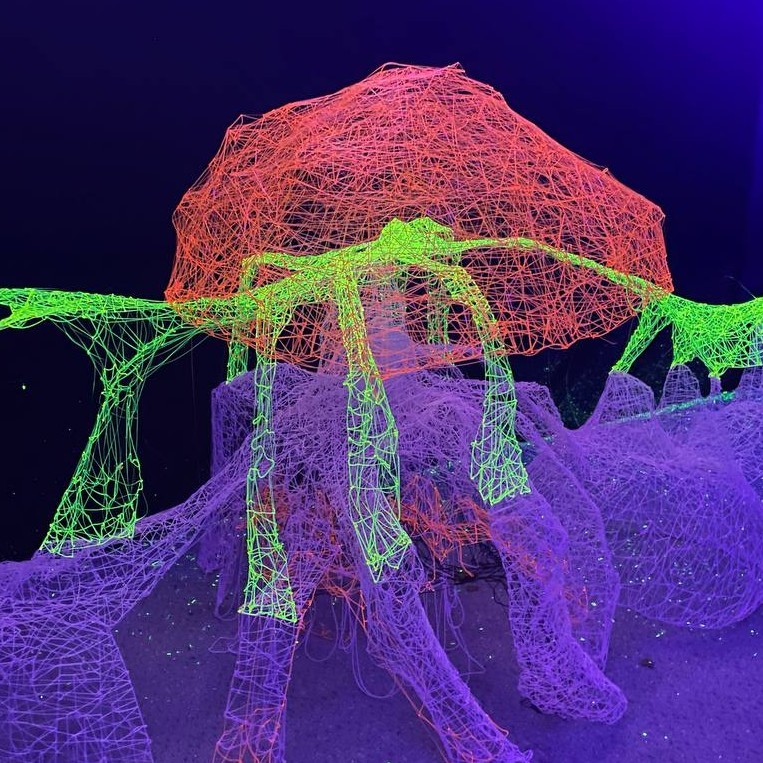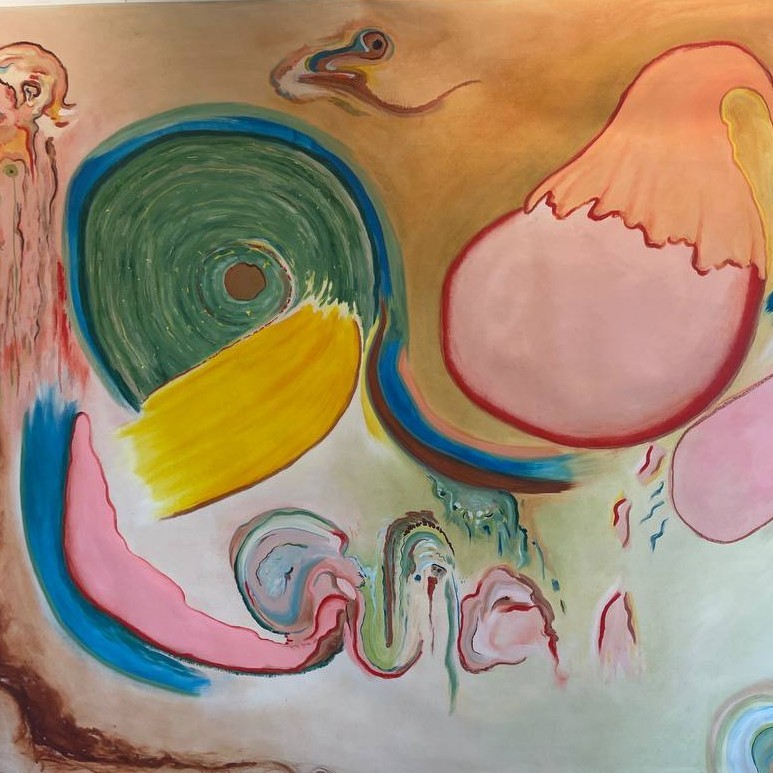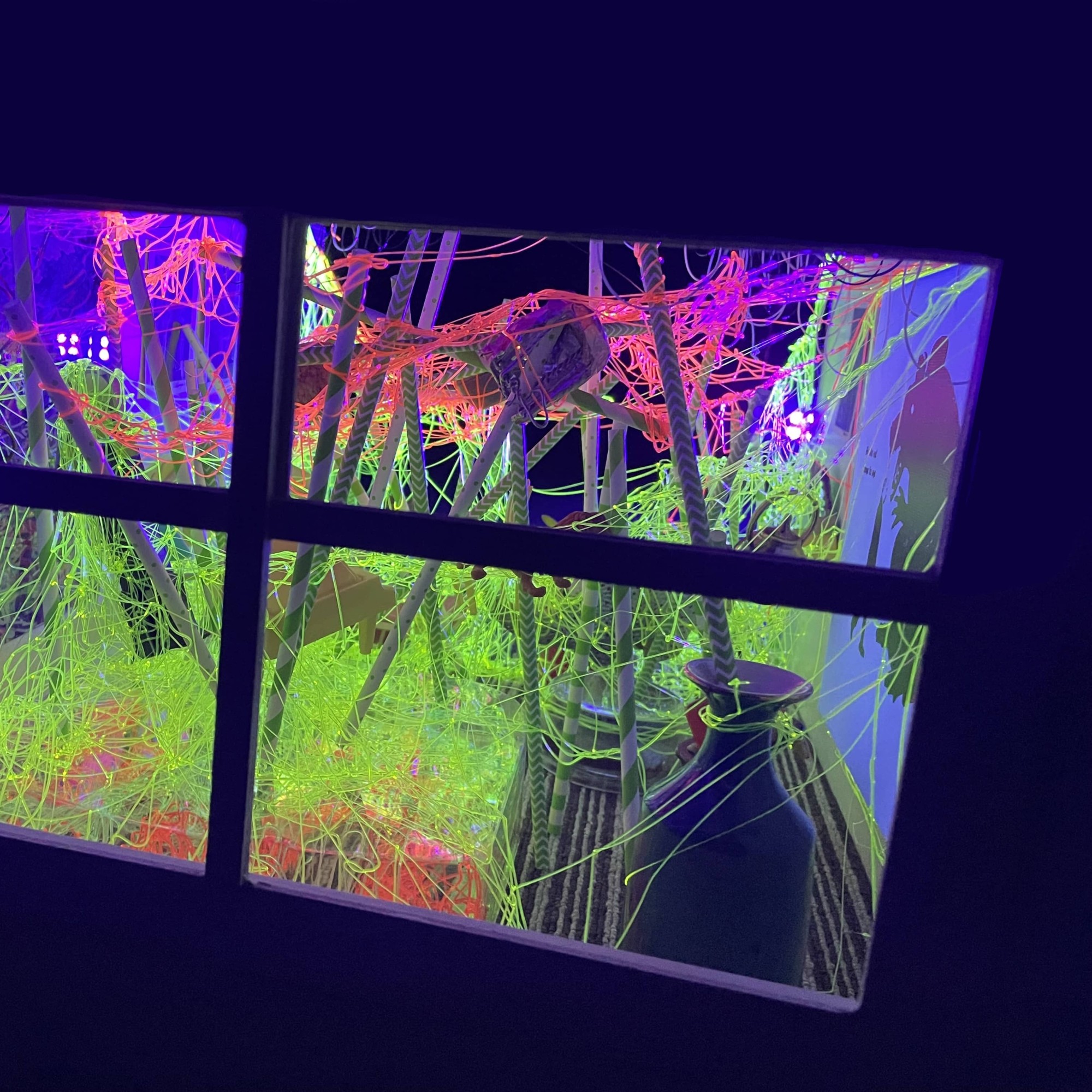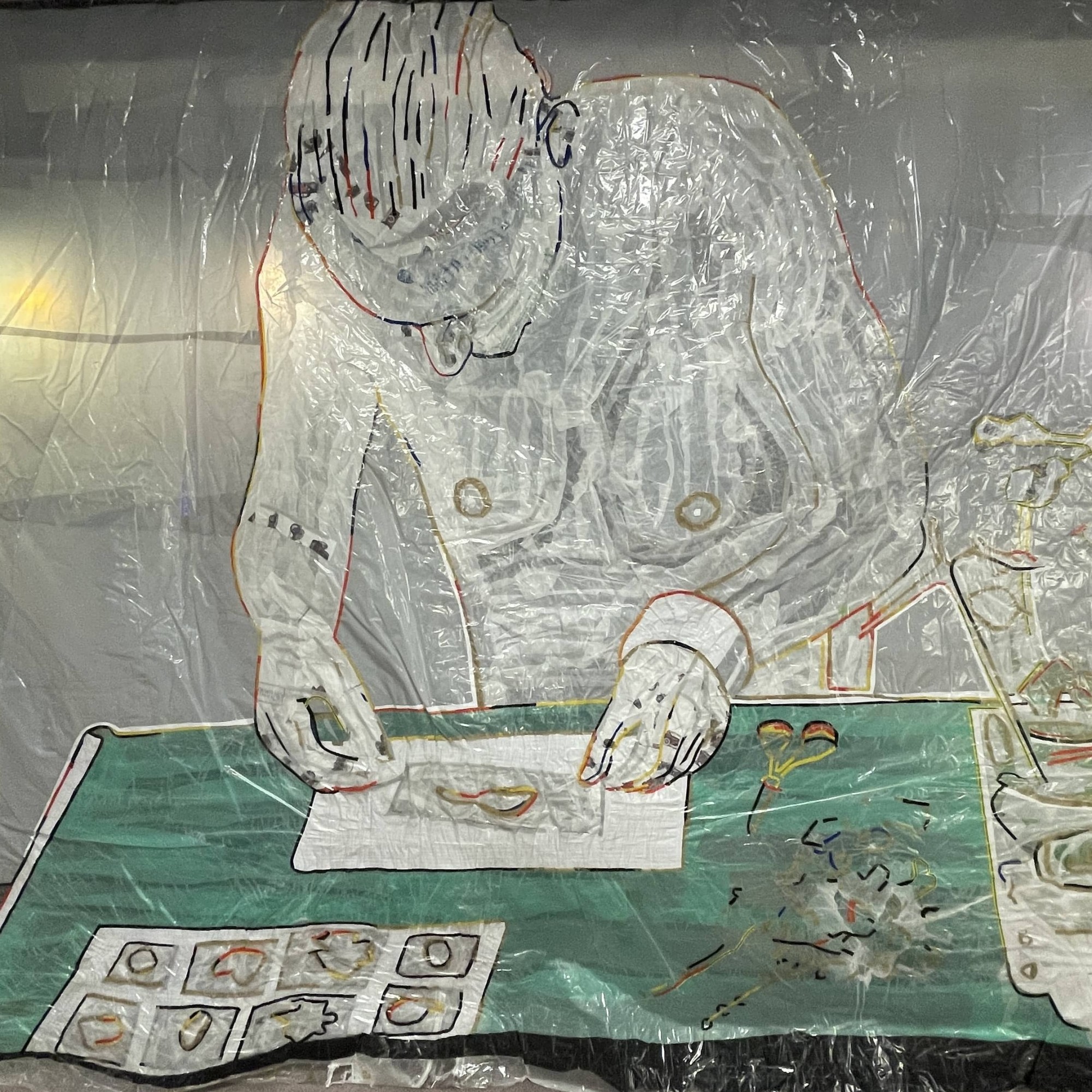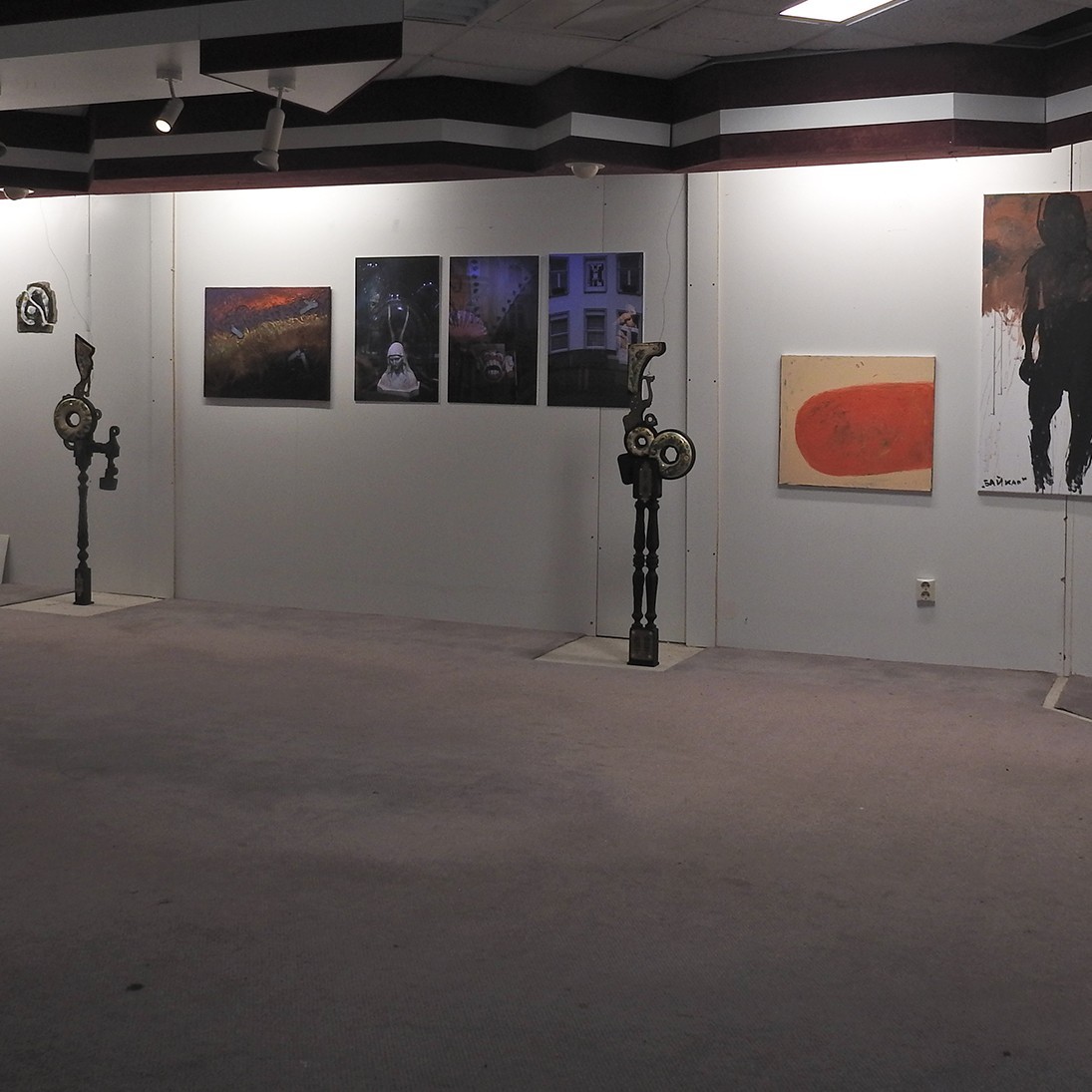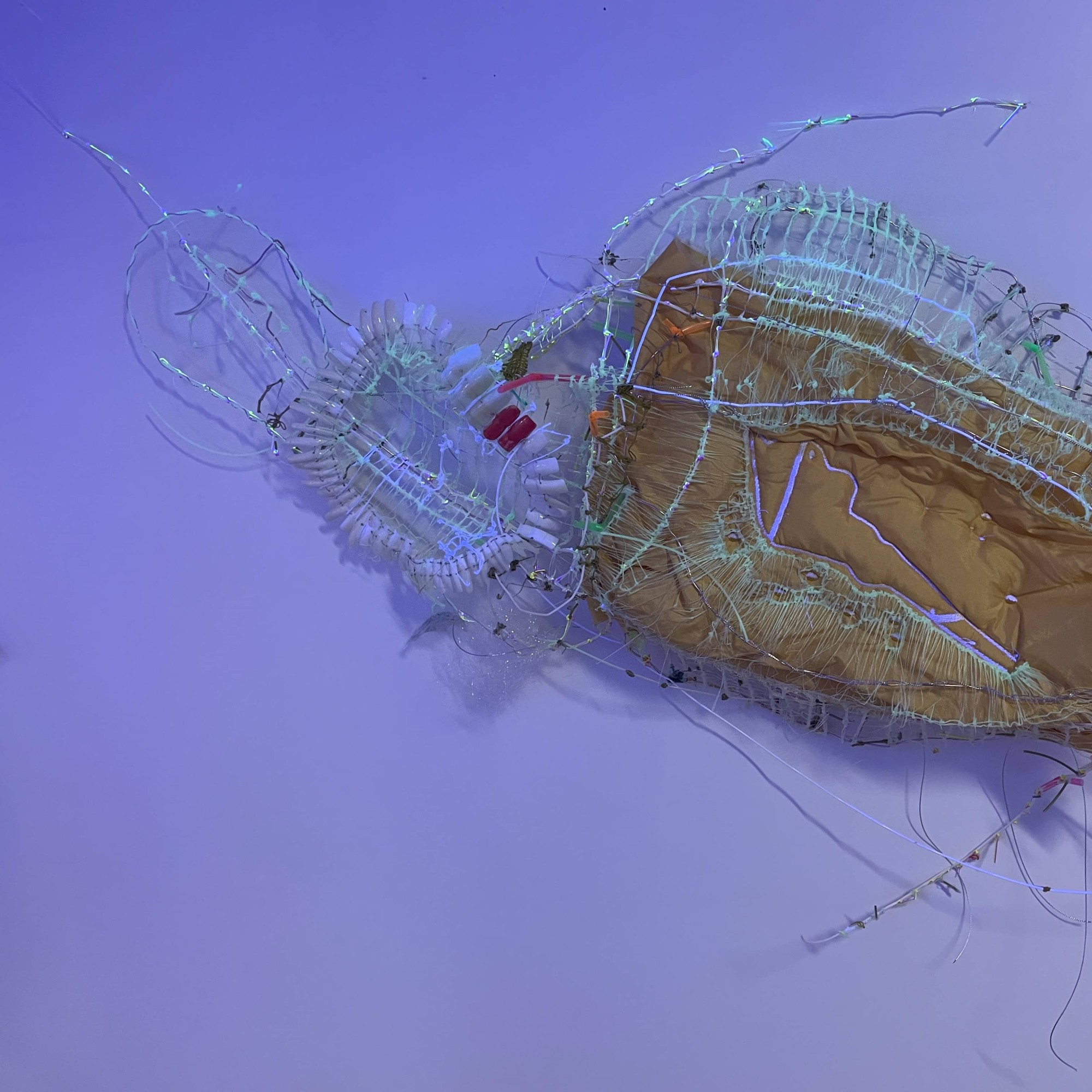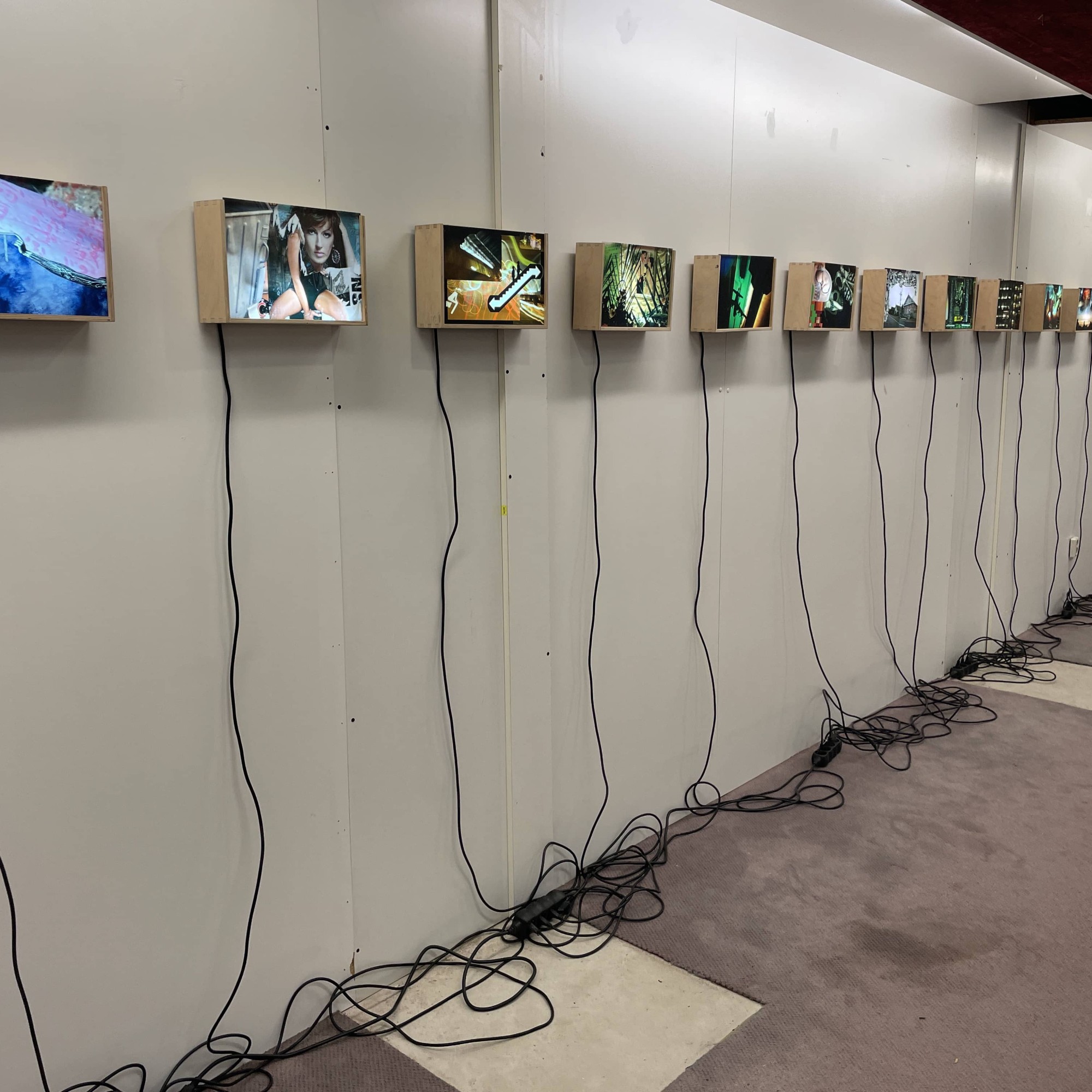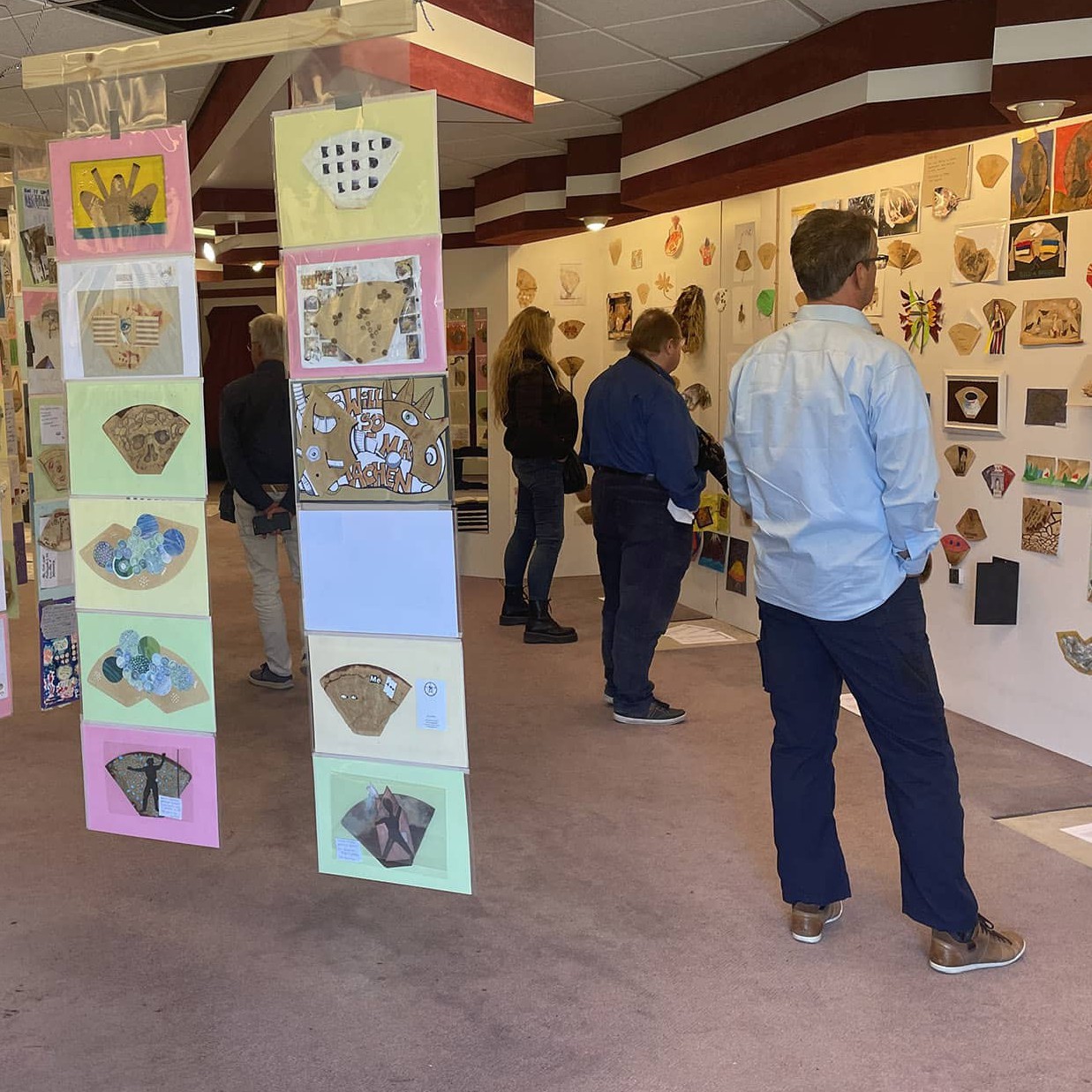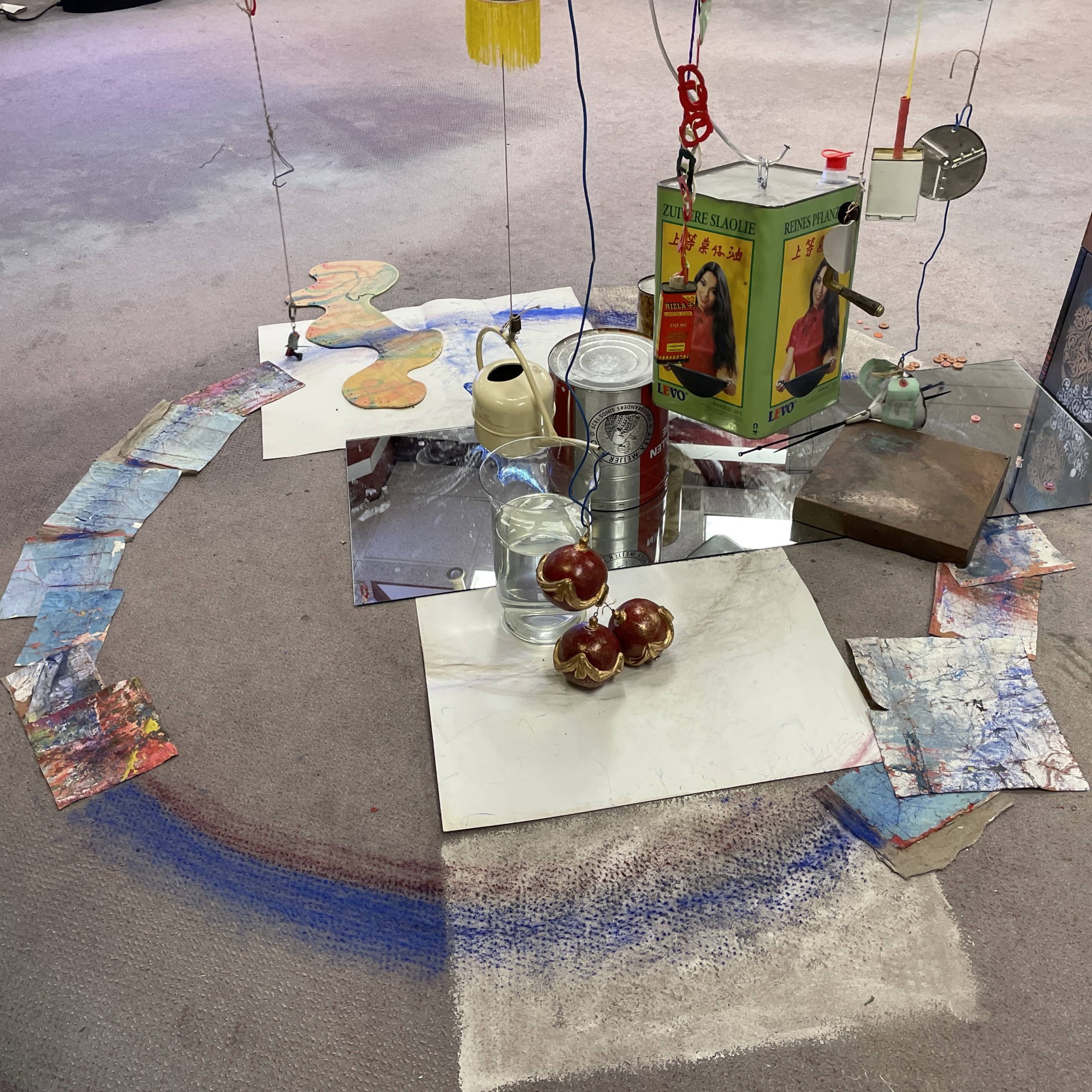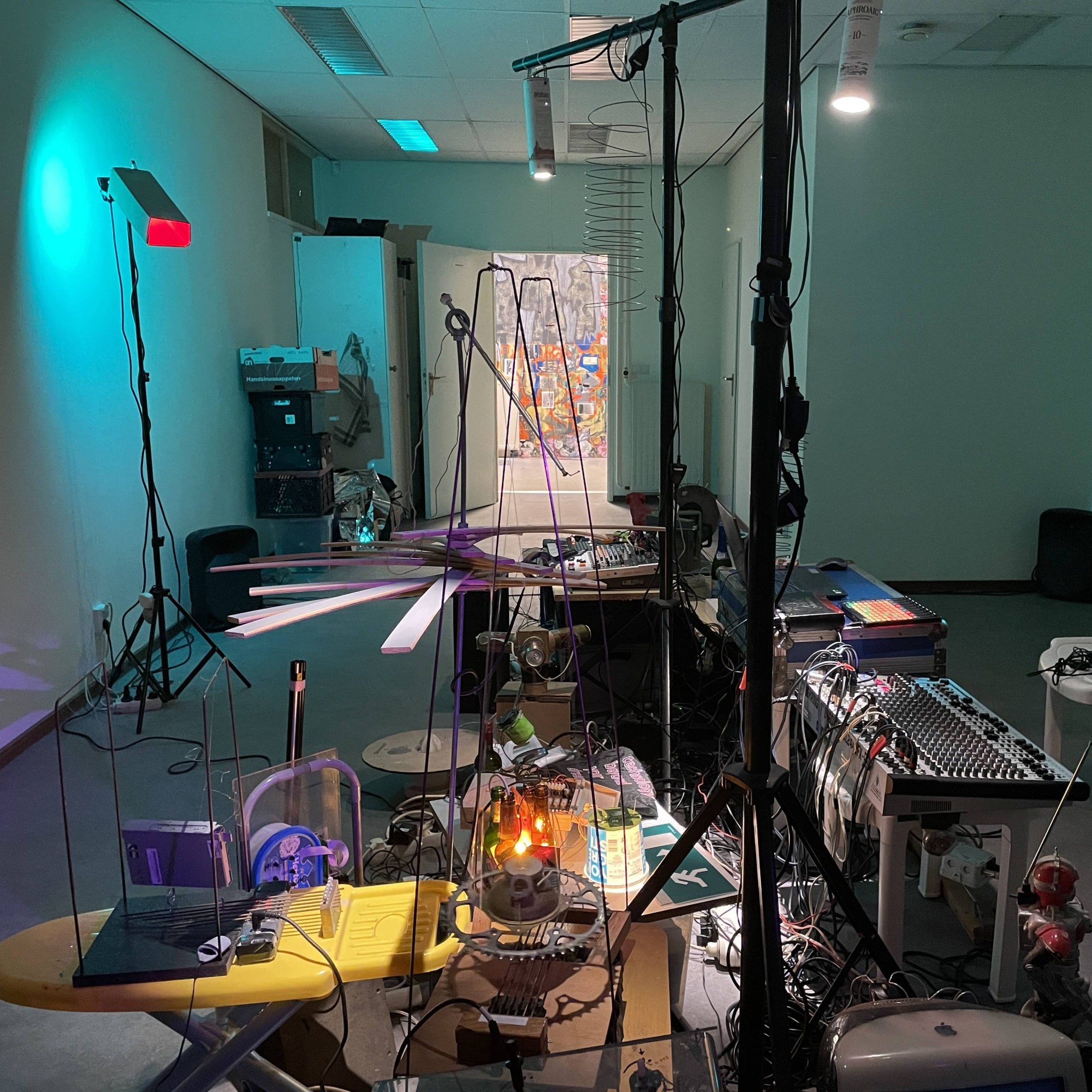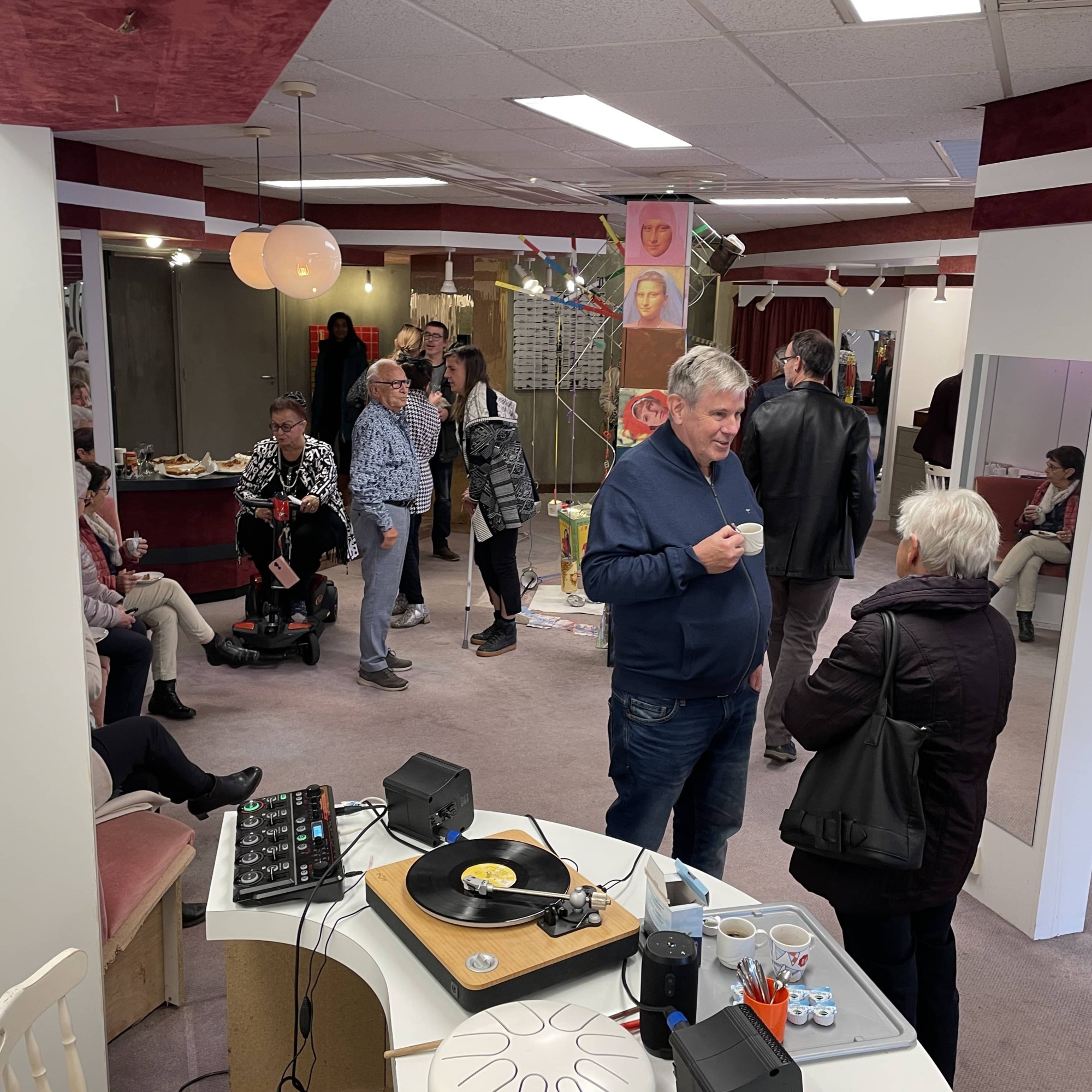Hans Kuijs
Since the 1970s, the term 'Outsider Art' has been coined, a collective name for all creative expressions that fall outside the regular circuit. And, as is often the case with classifications, the stated margins provide more discussion than convenience in distinguishing this work from the rest. What these expressions seem to have in common: the work was created based on a personal need, without being professionally aimed at the market or audience. Without demonstrating knowledge of tradition or technology, creativity is given free rein. But when does this often extremely personal or even compulsive action have a right to exist as a work of art? When is it merely a consequence of therapy, more than a conscious search for genuine art?
Hans Kuijs searches for inspiration in art, where head and heart go together. And as much as he recognizes and admires this aspect in the work of, for example, (the well-known) 'outsider' Adolf Wölfli, his own work is indeed based on rules, his hand is unmistakably trained and shows great technical skill. The most important thing is that he sees through his creative actions. The complete freedom he claims for himself does not stand in the way of a certain methodology. And vice versa. He makes a decision where necessary. His starting point is the need to create something. Then comes the choice of materials. First the carrier. Depending on the direction his thoughts go, he chooses the directness of pencil and watercolor, or the more thoughtful effect of oil paint. Egg tempera requires some preparation. An empty sheet has the limitation of the size. But in his mind, that limitation of size does not apply. His thoughts continue. Yet he manages to demarcate the space in which his thoughts take shape with a few lines. He protects the subject, as it were, limits it to the core idea by only drawing attention to what is happening there.
He then lets his thoughts flow out through his hands. Head, heart and body unite in the action. That will then be put on paper. But that does not have to be the end result, because freedom also allows the carrier and the paint to not be defined. The paint can also become a carrier of a thought, until the image no longer allows any action other than just the addition of a color that determines the feeling of that moment. The result is right or wrong. Only after this process has the story become clear.
And here lies an important difference between compulsive action and the ability of this artist, who through training and intuition manages to escape it. The main thing remains that the story must be conveyed, it must be told. For him, that is the raison d'être of his work. For him, the truth of his art lies in the spiritual freedom, the drive to create, letting go of rules during the action and knowing when to stop before an image is destroyed.
drs. Liesbeth Schreuder
